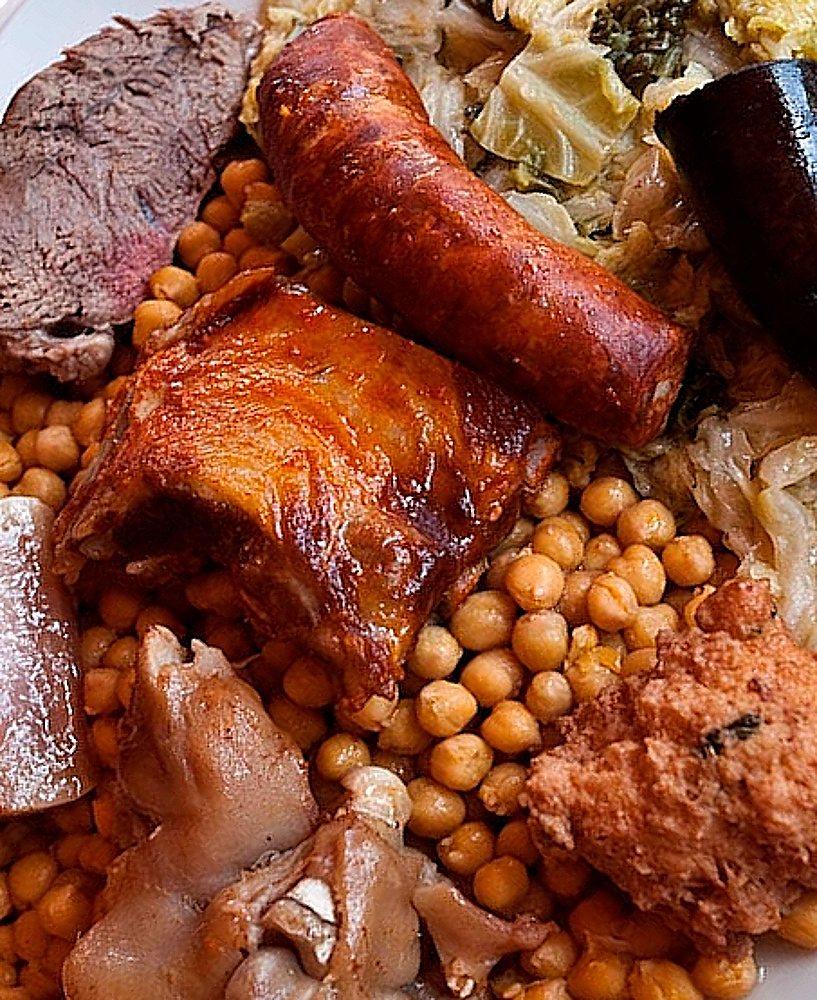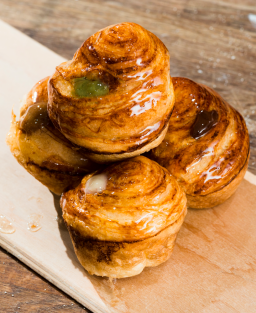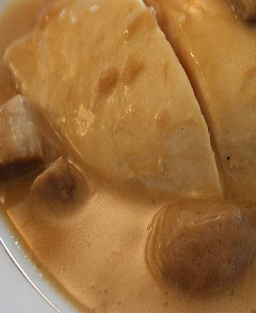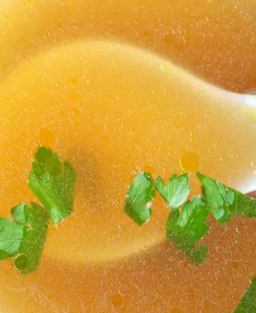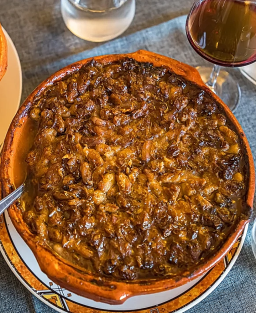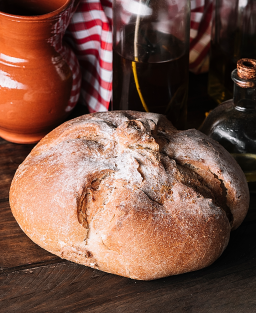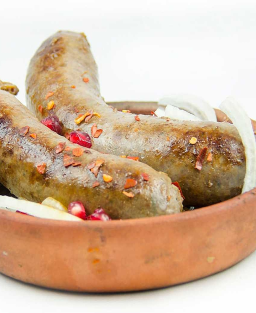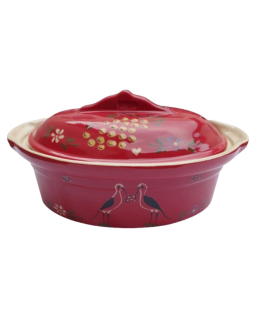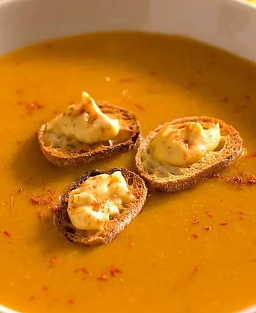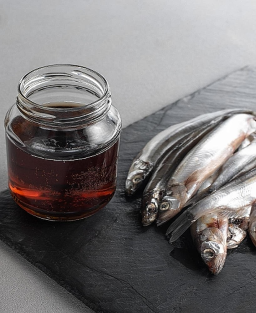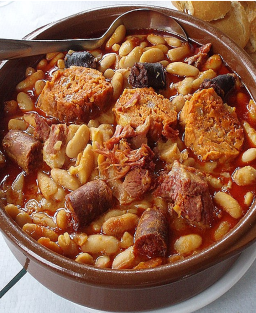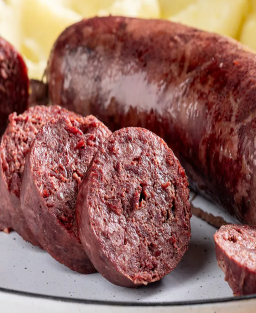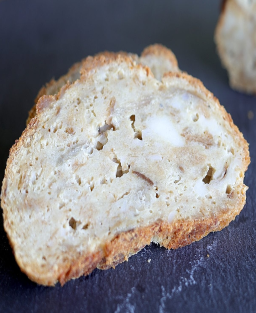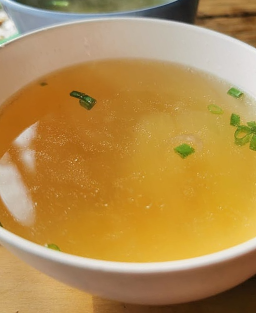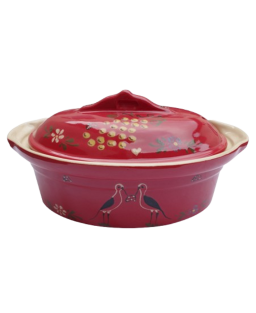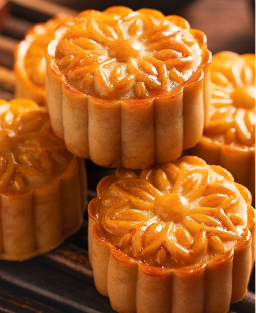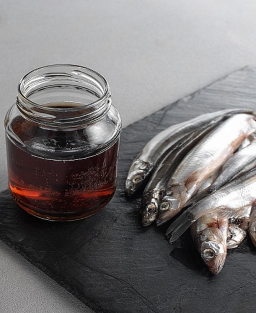Traditional Olla Podrida Recipe – Luxurious Version from 17th Century Castile
Recipe for Olla Podrida – Traditional « Olla Podrida » from Castilla, Luxurious 17th-Century Version
Discover the traditional recipe for olla podrida, emblematic of 17th-century Castilla, a royal stew rich in meats, vegetables, and spices.
Heritage
Olla podrida directly inspired several dishes:
-
The French pot-au-feu
-
Cocido madrileño (modern Spanish version, focused on chickpeas and meats)
-
Cassoulet (by substituting chickpeas with white beans imported from the Americas)
Necessary utensils
-
Large cast-iron or tinned copper pot
-
Skimmer
-
Chef’s knife and paring knife
-
Mortar and pestle (for spices)
-
Ladle
-
Cutting board
Country / Region
-
Country: Spain
-
Region: Castilla (Spain), probably since the late Middle Ages
-
Recipe origin: Oral transmission, formalized by Francisco Martínez Montiño (royal cook, 1611)
Recipe principles
Olla podrida is a huge stew slowly cooked in a pot, combining:
-
Various meats: beef, lamb, salted pork, ham, poultry, sausages, sometimes game
-
Legumes: chickpeas or beans (after the 16th century)
-
Vegetables: cabbage, carrots, turnips, onions, garlic
-
Spices: saffron, cinnamon, black pepper, cloves
-
Rich broth: everything simmered for hours, then served in multiple courses (broth, vegetables, then meats)
Recipe evolution
-
16th century: mainly chickpeas, addition of white beans imported from the Americas
-
17th century: royal recipe, refined, with numerous meats and spices
-
18th–19th centuries: simplified in Spanish households, emergence of cocido madrileño
-
20th century: became a heritage symbol, but rarely cooked in “complete” version due to cost and complexity
Notable chefs and contributions
-
Francisco Martínez Montiño (1611): first royal codification of the recipe
-
Juan de la Mata (1747): rationalization of the recipe in bourgeois cuisine
-
Ferran Adrià (21st century): contemporary reinterpretation through deconstruction, preserving broth and chickpeas
History
Olla podrida is mentioned from the 16th century as a prestigious Spanish dish, served at courts and banquets, but also adapted in more rustic versions in rural areas. The word “podrida” does not mean “rotten” but comes from “poderida” (powerful, rich), referring to the abundance of ingredients.
It was served at royal banquets of the Habsburgs of Spain and cited by Cervantes (Don Quixote), Lope de Vega, as well as Rabelais and Montaigne (who traveled in Spain).
Evolution: initially a peasant stew of chickpeas and salted pork, it became a sumptuous court dish with added game, poultry, and exotic spices.
Legend or anecdote
It is said that the olla podrida was so abundant it could feed an entire village with a single pot. French chroniclers of Louis XIII’s era described it as a dish “where everything is found,” symbolizing Spanish abundance.
Recipe description
An opulent stew cooked over several hours; the olla podrida concentrates chickpeas or beans, cabbage, root vegetables, and above all a profusion of meats (beef, lamb, pork, poultry, sausages, ham). Slow cooking produces a clear and aromatic broth, served first, followed by vegetables, and finally the meats arranged on a large platter.
Ingredients (luxurious 17th-century version)
| Ingredient | Quantity | Approx. Weight |
|---|---|---|
| Dried chickpeas (soaked) | 500 g | 500 g |
| Dried white beans (optional) | 300 g | 300 g |
| Beef (neck) | 500 g | 500 g |
| Lamb shoulder | 500 g | 500 g |
| Fresh pork (belly) | 400 g | 400 g |
| Cured ham | 300 g | 300 g |
| Free-range hen | 1 piece | 1.2 kg |
| Partridges or pigeons | 2 pieces | 600 g |
| Raw sausages | 4 pieces | 300 g |
| Blood sausages (morcillas) | 2 pieces | 200 g |
| Green cabbage | 1 head | 1 kg |
| Carrots | 4 pieces | 400 g |
| Turnips | 3 pieces | 300 g |
| Onions | 2 pieces | 200 g |
| Garlic | 1 head | 50 g |
| Saffron | 1 g | – |
| Cinnamon stick | 1 piece | – |
| Black peppercorns | 10 g | – |
| Salt | To taste | – |
| Water | 5 L | – |
Professional detailed preparation
-
Legumes
-
Soak chickpeas and white beans separately in plenty of cold water for 12 h. Drain and set aside.
-
-
Meats
-
Trim beef (neck) and lamb (shoulder). Cut into uniform 90–100 g cubes.
-
Cut pork belly into similarly sized pieces.
-
Rinse cured ham under running water to reduce saltiness.
-
-
Poultry and game
-
Truss the hen for better presentation.
-
Clean partridges or pigeons, keeping them whole.
-
-
Charcuterie
-
Prick sausages and blood sausages with a fork to prevent bursting. Keep raw for final cooking.
-
-
Vegetables and aromatics
-
Shape carrots and turnips evenly.
-
Cut cabbage into quarters and blanch for 3 min in boiling water.
-
Chop onions.
-
Separate garlic cloves, keep whole.
-
-
Spices
-
Grind pepper and cinnamon in a mortar.
-
Infuse saffron in 100 ml of hot water.
-
Cooking
-
Cooking base
-
Place chickpeas and beans in a large pot.
-
Cover with 5 L cold water. Bring gently to a simmer.
-
Skim impurities carefully.
-
-
First meat batch (red meats)
-
Add beef, lamb, pork, and ham.
-
Simmer constantly at 80–85 °C for 2 h, skimming regularly.
-
-
Second batch (poultry and game)
-
Add trussed hen and partridges/pigeons.
-
Continue cooking for 1 h.
-
-
Third batch (vegetables)
-
Add carrots, turnips, blanched cabbage, chopped onions, and whole garlic.
-
Cook 45 min more, covered.
-
-
Seasoning
-
Add salt, ground pepper, cinnamon, saffron infusion.
-
Stir gently and cook 15 min more.
-
-
Charcuterie (end of cooking)
-
Add sausages and blood sausages 30 min before the end.
-
Cook gently to avoid bursting.
-
-
Final adjustment
-
Taste and adjust salt and pepper.
-
Service (historical usage)
-
1st course: clarified broth, served in a soup tureen with some chickpeas and beans
-
2nd course: vegetables and legumes served together
-
3rd course: meats and charcuterie arranged harmoniously on a large platter
This multi-course service showcased abundance and hierarchy of dishes.
Time
-
Preparation: 2 h
-
Cooking: 4 h 30
Nutritional information (per 100 g, estimated values)
-
Energy: 180 kcal (750 kJ)
-
Protein: 18 g
-
Fat: 9 g
-
Carbohydrates: 8 g
-
Fiber: 3 g
-
Allergens: possible gluten (sausages), legumes, pork
-
Adaptations: pork-free version possible; vegetarian version with chickpeas + vegetables + olive oil
Regional variations
-
Cocido madrileño: chickpeas, blood sausage, chorizo, cabbage
-
Olla aragonesa: more root vegetables, fewer poultry
-
Modern gastronomic version: reduced broth as sauce, deboned meats served separately
Tips and tricks
-
Very gentle cooking is essential to prevent legumes from bursting and to keep broth clear
-
Add charcuterie at the end to preserve texture
-
Always skim carefully for a clear broth
Serving
-
Traditional plating: three successive courses
-
Rustic version: everything in a large terrine at the center of the table
-
Gastronomic version: individual plates, broth served in a jug
Recommended wines and drinks
-
Robust Spanish red: Ribera del Duero, Rioja reserva
-
White wine: Rueda Verdejo to lighten the dish
-
Popular drink: young red wine or Asturian cider







